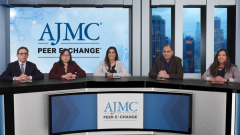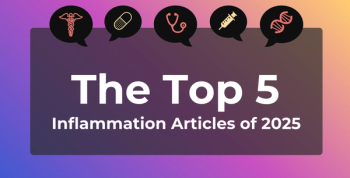
Comparing Safety and Efficacy of Novel AML Agents Against Established Regimens
Panelists discuss how emerging therapies like menin inhibitors show promise based on strong preclinical data and clinical responses, while CD47 inhibitors have faced setbacks in phase 3 trials, with the greatest potential for novel agents likely in frontline combination settings.
Episodes in this series

Patients with acute myeloid leukemia (AML) now have access to multiple novel therapeutic agents representing different mechanism classes, with menin inhibitors emerging as particularly promising treatments for specific genetic subtypes. The first-in-class menin inhibitor revumenib received approval for relapsed/refractory AML, with additional approvals expected for other menin inhibitors targeting NPM1-mutated disease, which affects approximately 35% of patients. Unlike the disappointing results seen with CD47 inhibitor programs that failed multiple phase 3 trials, menin inhibitors have demonstrated consistent clinical benefit across different compounds in the class, suggesting the pathway represents a genuinely important therapeutic target.
The success of menin inhibitors contrasts sharply with the challenges faced by CD47-targeted therapies, which showed promising preclinical results but failed to translate into meaningful clinical benefits due to significant toxicity issues, particularly severe anemia. Patients considered for CD47 inhibitor trials faced substantial adverse effect burdens without corresponding survival benefits, leading to the discontinuation of multiple development programs. This experience highlights the importance of rigorous clinical testing and the reality that promising laboratory results don’t always predict clinical success for patients.
Looking toward the future, patients can expect menin inhibitors to move into frontline treatment combinations, similar to the successful development path of FLT3 and IDH inhibitors. The potential for menin inhibitors in combination with hypomethylating agents and other targeted therapies could benefit substantial numbers of patients, given that NPM1 mutations represent one of the most common genetic alterations in AML. Early clinical trial data suggests that frontline combination approaches may provide the greatest benefit, offering patients with these specific mutations access to highly effective, targeted treatment regimens that could significantly improve long-term outcomes.
Newsletter
Stay ahead of policy, cost, and value—subscribe to AJMC for expert insights at the intersection of clinical care and health economics.








































